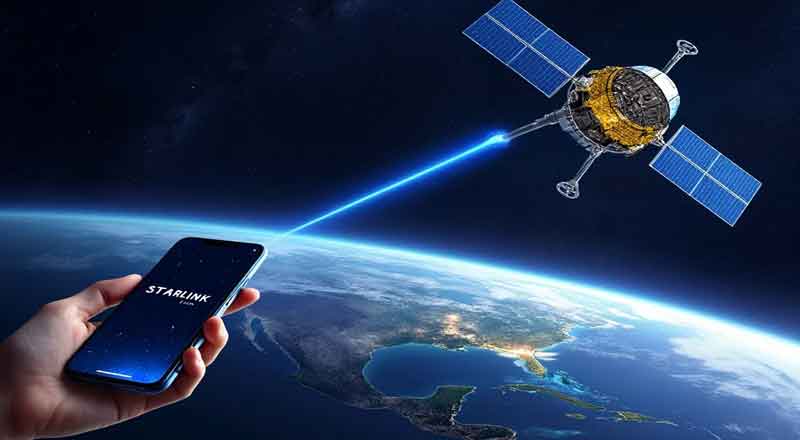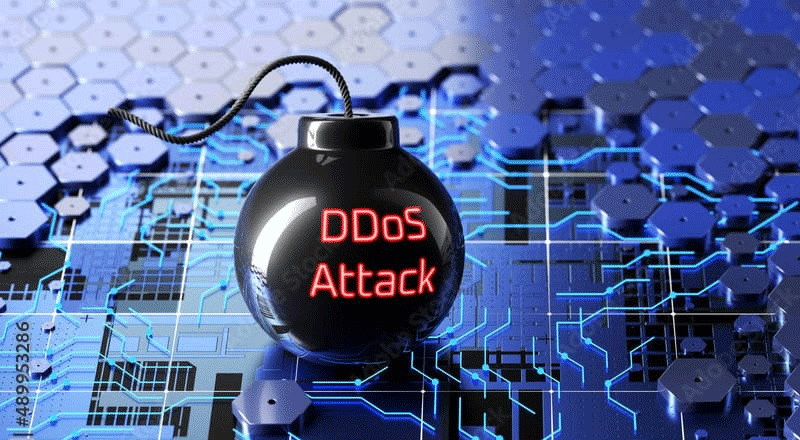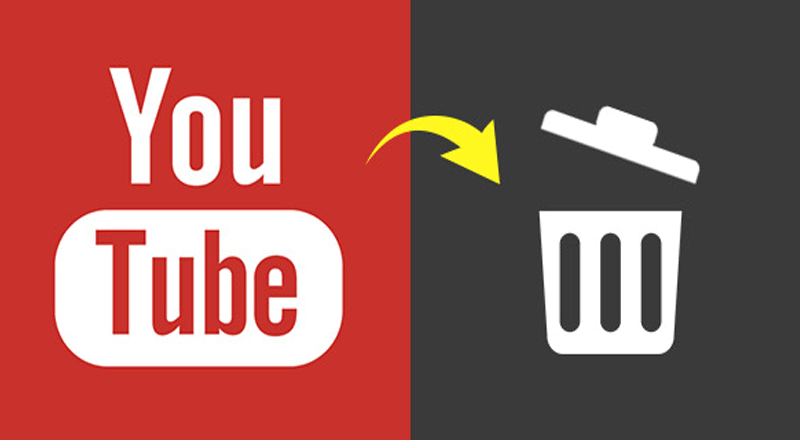The world of telecommunications is on the brink of a paradigm shift. Reliance Jio and Bharti Airtel, India’s leading telecom giants spearheaded by Mukesh Ambani and Sunil Mittal, respectively, face an unprecedented challenge from Elon Musk’s SpaceX. The disruptive “Direct-to-Cell” service by Starlink, SpaceX’s satellite internet arm, threatens to redefine connectivity, eliminating the need for traditional mobile towers and bringing seamless communication to even the remotest parts of the world.
The Game-Changing Technology
Starlink’s direct-to-cell service enables smartphones to connect directly to satellites without relying on traditional cell towers. Unlike existing mobile networks that depend on terrestrial infrastructure, this technology offers uninterrupted connectivity anywhere under an open sky.
Key Features and Advantages
Global Coverage: Starlink’s satellites provide internet and call connectivity in areas previously deemed unreachable, including remote rural locations and disaster-prone zones.
High-Speed Internet: Users reportedly experience speeds ranging from 250-350 Mbps, significantly surpassing the 50-60 Mbps speeds common in many fiber broadband networks.
Emergency Connectivity: The absence of physical infrastructure like towers ensures communication remains operational during disasters such as earthquakes or cyclones, where traditional networks typically fail.
IoT Integration: The service supports millions of Internet of Things (IoT) devices without requiring additional hardware or software, ensuring connectivity for a wide range of applications.
Impact on Indian Telecom Giants
Reliance Jio and Bharti Airtel: A Challenging Landscape
Reliance Jio and Airtel have dominated the Indian telecom market with services like affordable 5G networks and bundled OTT platforms. However, Starlink’s entry introduces an entirely new dynamic:
Reduced Dependence on Towers: Mobile towers form the backbone of Jio and Airtel’s networks. Starlink’s tower-free model could disrupt this fundamental structure.
Competition in Rural Markets: India’s rural regions, often underserved by traditional telecom providers, represent a key growth area. Starlink’s promise of universal coverage poses a direct threat to Jio and Airtel’s expansion plans.
Pricing and Accessibility: While Jio and Airtel have thrived on competitive pricing, the cost of adopting satellite technology will determine how quickly it captures the Indian market.
Collaborations and Adaptations
Interestingly, SpaceX has partnered with several global telecom operators to integrate satellite technology with existing mobile networks. This collaboration model could provide an opportunity for Indian providers to align with Starlink, mitigating competition and enhancing services.
Global Implications and Technological Leap
Starlink’s satellite-driven communication isn’t just a technological innovation—it’s a reshaping of the connectivity landscape. The potential to bypass traditional infrastructure opens up possibilities in regions lacking basic telecommunication setups.
Disaster Preparedness and Global Reach
During emergencies, the direct-to-cell model ensures consistent connectivity for rescue operations and emergency services. Its applicability extends to remote expeditions, aviation, and maritime industries, offering reliable communication where none existed before.
Advancing IoT Capabilities
From smart agriculture in rural farms to advanced logistics in urban centers, IoT devices stand to benefit immensely from uninterrupted satellite connectivity. This enhancement could spark growth in industries reliant on real-time data and communication.
Challenges Ahead for Starlink
While the technology is groundbreaking, several challenges remain:
Regulatory Approvals: In countries like India, stringent regulatory frameworks govern satellite and telecom operations, potentially delaying Starlink’s rollout.
Affordability and Accessibility: The service’s pricing will determine its reach in developing economies, where cost-sensitive markets dominate.
Scalability and Reliability: As demand grows, maintaining consistent quality across millions of devices will be a critical test.
The Beginning of a New Era
Starlink’s direct-to-cell technology represents a watershed moment in telecommunications. By offering a model independent of physical infrastructure, it reimagines how the world connects. For Jio and Airtel, this development signals the need for strategic adaptation—whether through partnerships or advancements in their own offerings.
Elon Musk’s vision for universal connectivity is poised to make mobile towers a relic of the past, marking the dawn of a satellite-first communication era. While challenges remain, the potential impact on industries, global connectivity, and emergency response systems is transformative. The competition between Indian telecom giants and Starlink may well define the next chapter in technological evolution, where the sky is no longer the limit—it’s the starting point.
(With inputs from agencies)





